yay it came very early!!! :)
Credit to @LonelySpaceGuy for this dc-10 :D
After many game crashes and restarts because my iPad cannot handle this much parts I finally finished an entire interior for one of @LonelySpaceGuy’s builds. I might make more liveries for this plane also. And btw I spent many painful minutes trying to make a bigger yoke but it didn’t work and I think @LonelySpaceGuy can do that!
Also the “classic” United Airlines tulip logo but it would simply just not connect to the tail. Plus I’m on the stock game which is free. Because I know my dad will not buy me the complete edition. But I was talking with @LonelySpaceGuy and he said he would make the tulip logo I think so it can turn with the rudder.
Anyway happy new year and I hope 2025 is a great year for you and everyone else :)
Credit: Wikipedia
United Airlines Flight 232 was a regularly scheduled United Airlines flight from Stapleton International Airport in Denver to O'Hare International Airport in Chicago, continuing to Philadelphia International Airport. On July 19, 1989, the DC-10 (registered as N1819U) serving the flight crash-landed at Sioux Gateway Airport in Sioux City, Iowa, after suffering a catastrophic failure of its tail-mounted engine due to an unnoticed manufacturing defect in the engine's fan disk, which resulted in the loss of all flight controls. Of the 296 passengers and crew on board, 112 died during the accident,[a] while 184 people survived. Thirteen of the passengers were uninjured. It was the deadliest single-aircraft accident in the history of United Airlines.
Despite the fatalities, the accident is considered a good example of successful crew resource management. A majority of those aboard survived; experienced test pilots in simulators were unable to reproduce a survivable landing. It has been termed "The Impossible Landing" as it is considered one of the most impressive landings ever performed in the history of aviation.
|The aircraft |
The airplane, a McDonnell Douglas DC-10-10 (registration N1819U[6]), was delivered in 1971 and owned by United Airlines since then. Before departure on the flight from Denver on July 19, 1989, the airplane had been operated for a total of 43,401 hours and 16,997 cycles (takeoff-landing pairs). The airplane was powered by three CF6-6D high bypass-ratio turbofan engines produced by General Electric Aircraft Engines (GEAE).[1]:?11? The aircraft's No. 2 (tail-mounted) engine had accumulated 42,436 hours and 16,899 cycles of operating time immediately prior to the accident flight.[1]:?12?
The DC-10 used three independent hydraulic systems, each powered by one of the aircraft's three engines, to power movement of the aircraft's flight controls. In the event of loss of engine power or primary pump failure, a ram air turbine could provide emergency electrical power for electrically powered auxiliary pumps. These systems were designed to be redundant, such that if two hydraulic systems were inoperable, the one remaining hydraulic system would still permit the full operation and control of the airplane. However, at least one hydraulic system must have fluid present and the ability to hold fluid pressure to control the aircraft. Like other widebody transport aircraft of the time,[1]:?100? the DC-10 was not designed to revert to unassisted manual control in the event of total hydraulic failure.[1]:?17? The DC-10's hydraulic system was designed and demonstrated to the Federal Aviation Administration (FAA) as compliant with regulations that "no single [engine] failure or malfunction or probable combination of failures will jeopardize the safe operation of the airplane..."
| The actual incident |
| Take-off |
Flight 232 lifted off from Stapleton International Airport in Denver at 14:09 Central Daylight Time,[c] en route to O'Hare International Airport in Chicago with continuing service to Philadelphia.
| Cruising |
At 15:16, while the airplane was making a slight right turn at its cruising altitude of 37,000 feet (11,000 m), the fan disk of its tail-mounted General Electric CF6-6 engine disintegrated explosively. The uncontained failure resulted in the engine's fan disk departing the aircraft, tearing out components including parts of the No. 2 hydraulic system and supply hoses in the process; these were later found near Alta, Iowa.[1]:?25,?75? Engine debris penetrated the aircraft's tail section in numerous places, including the horizontal stabilizer, severing the No. 1 and No. 3 hydraulic system lines where they passed through the horizontal stabilizer.[1]:?75?[8]
The pilots felt a jolt, and the autopilot disengaged. As First Officer Records took hold of his control column, Captain Haynes concentrated on the tail engine, the instruments for which indicated it was malfunctioning; he found its throttle and fuel supply controls jammed. At Dvorak's suggestion, a valve for fuel to the tail engine was shut off. This part of the emergency took 14 seconds.[8]
| Trying to control the plane |
Meanwhile, Records found that the airplane did not respond to his control column.[1] Even with the control column turned all the way to the left, commanding maximum left aileron, and pulled all the way back, commanding maximum up elevator – inputs that would never be used together in normal flight – the aircraft was banking to the right with the nose dropping. Haynes attempted to level the aircraft with his own control column, then both Haynes and Records tried using their control columns together, but the aircraft still did not respond. Afraid the aircraft would roll into a completely inverted position (an unrecoverable situation), the crew reduced the left wing-mounted engine to idle and applied maximum power to the right engine. This caused the airplane to level slowly.[8]
While Haynes and Records performed the engine shutdown checklist for the failed engine, Dvorak observed that the gauges for fluid pressure and quantity in all three hydraulic systems were indicating zero.[1]:?1? The loss of all hydraulic fluid meant that control surfaces were inoperative.[1]:?75? The flight crew deployed the DC-10's air-driven generator in an attempt to restore hydraulic power by powering the auxiliary hydraulic pumps, but this was unsuccessful.[1]:?1? The crew contacted United Airlines maintenance personnel via radio, but were told that the possibility of a total loss of hydraulics in a DC-10 was considered so remote that no procedure was established for such an event.
The airplane was tending to pull right, and oscillated slowly vertically in a phugoid cycle – characteristic of planes in which control surface command is lost. With each iteration of the cycle, the aircraft lost about 1,500 feet (460 m) of altitude. Fitch, an experienced United Airlines captain and DC-10 flight instructor, was among the passengers and volunteered to assist. The message was relayed by senior flight attendant Jan Brown Lohr to the flight crew, who invited Fitch into the cockpit; he arrived and began assisting at about 15:29.
Haynes asked Fitch to observe the ailerons through the passenger cabin windows to see if control inputs were having any effect.[8] Fitch reported back that the ailerons were not moving at all. Nonetheless, the crew continued to manipulate their control columns for the remainder of the flight, hoping for at least some effect. Haynes then asked Fitch to take control of the throttles so that Haynes could concentrate on his control column. With one throttle in each hand, Fitch was able to mitigate the phugoid cycle and make rough steering adjustments.
|Crash Landing |
As the crew began to prepare for arrival at Sioux Gateway Airport, they questioned whether they should deploy the landing gear or belly-land the aircraft with the gear retracted. They decided that having the landing gear down would provide some shock absorption on impact.[14] The complete hydraulic failure left the landing gear lowering mechanism inoperative. Two options were available to the flight crew. The DC-10 is designed so that if hydraulic pressure to the landing gear is lost, the gear will fall down slightly and rest on the landing gear doors. Placing the regular landing gear handle in the down position will unlock the doors mechanically, and the doors and landing gear will then fall down into place and lock due to gravity.[14] An alternative system is also available using a lever in the cockpit floor to cause the landing gear to fall into position.[15] This lever has the added benefit of unlocking the outboard ailerons, which are not used in high-speed flight and are locked in a neutral position.[14] The crew hoped that there might be some trapped hydraulic fluid in the outboard ailerons and that they might regain some use of flight controls by unlocking them. They elected to extend the gear with the alternative system.[14] Although the gear deployed successfully, no change of the controllability of the aircraft resulted.
Landing was originally planned for 9,000-foot (2,700 m) Runway 31. Difficulties in controlling the aircraft made alignment with the runway almost impossible. While dumping some of the excess fuel, the airplane executed a series of mostly right-hand turns (turning the airplane in this direction was easier) with the intention of aligning with Runway 31. When they finished they were instead aligned with the closed 6,888-foot (2,099 m) Runway 22, and had little capacity to maneuver.[1]:?3? Fire trucks had been placed on Runway 22,[8] anticipating a landing on nearby Runway 31, so all the vehicles were quickly moved out of the way before the airplane touched down. Runway 22 had been closed permanently a year earlier.
GENERAL INFO
- Predecessor: DC-10 United Airlines REDUX
- Successors 2 craft(s) +21 bonus
- Created On: iOS
- Game Version: 1.3.204.1
- Price: $201,026k
- Number of Parts: 948
- Dimensions: 19 m x 53 m x 58 m
PERFORMANCE
- Total Delta V: 0m/s
- Total Thrust: 1kN
- Engines: 7
- Wet Mass: 1.85E+5kg
- Dry Mass: 1.66E+5kg
STAGES
| Stage | Engines | Delta V | Thrust | Burn | Mass |
|---|---|---|---|---|---|
| 1 | 3 | 0m/s | 0N | 0s | 1.85E+5kg |
6 Comments
- Log in to leave a comment
-
-
-
1,578 CuhheeAirspace3 months ago
@kemnoylovesoroes I transformed the plane into a American Airlines livery
-
1,304 kemnoylovesoroes11 months ago
@LonelySpaceGuy I’m using the normal iPad model, and btw I’m using AeroLOPA for the seatmap. It’s actually an American Airlines seatmap but that’s alright. And btw I tried to do openable bins but it was just too hard for me, and I’m still learning how to make detailed interiors. Thanks so much for seeing my post and
commenting :DDD(P.S)
Pls make an American Airlines version of this because I’m on the stock game and I can’t make sub assemblies, idk if your android can handle this but atleast you can try :)(Another P.S)
I might send you more liveries -
16.3k LonelySpaceGuy11 months ago
What ipad model you are using? Maybe but a new one. The game runs super smooth on iphone 12 (A14 bionic) and up.
Btw I love how you did the over head bins and the fake galleys/lavatories. I just hope the economy seats had amole leg room and you could have put sofas or beds on the first class section 😁

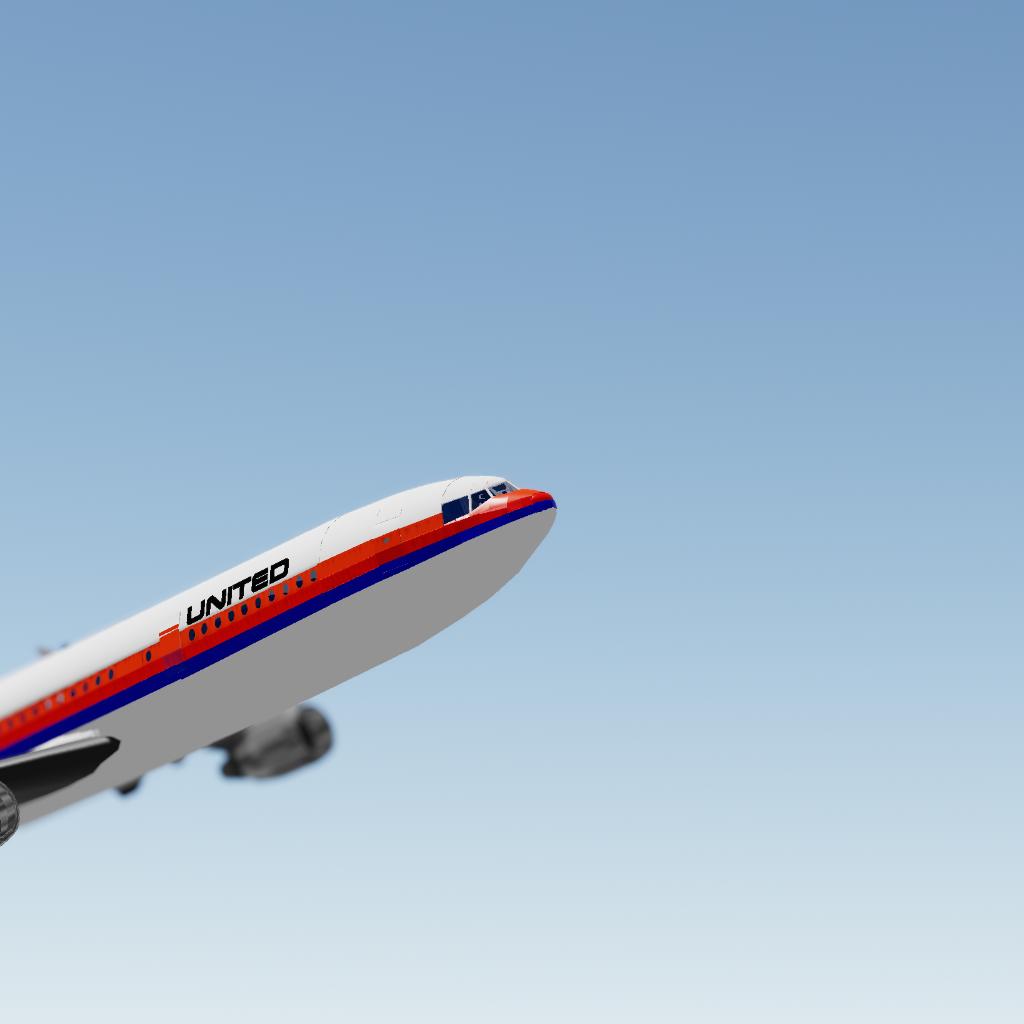
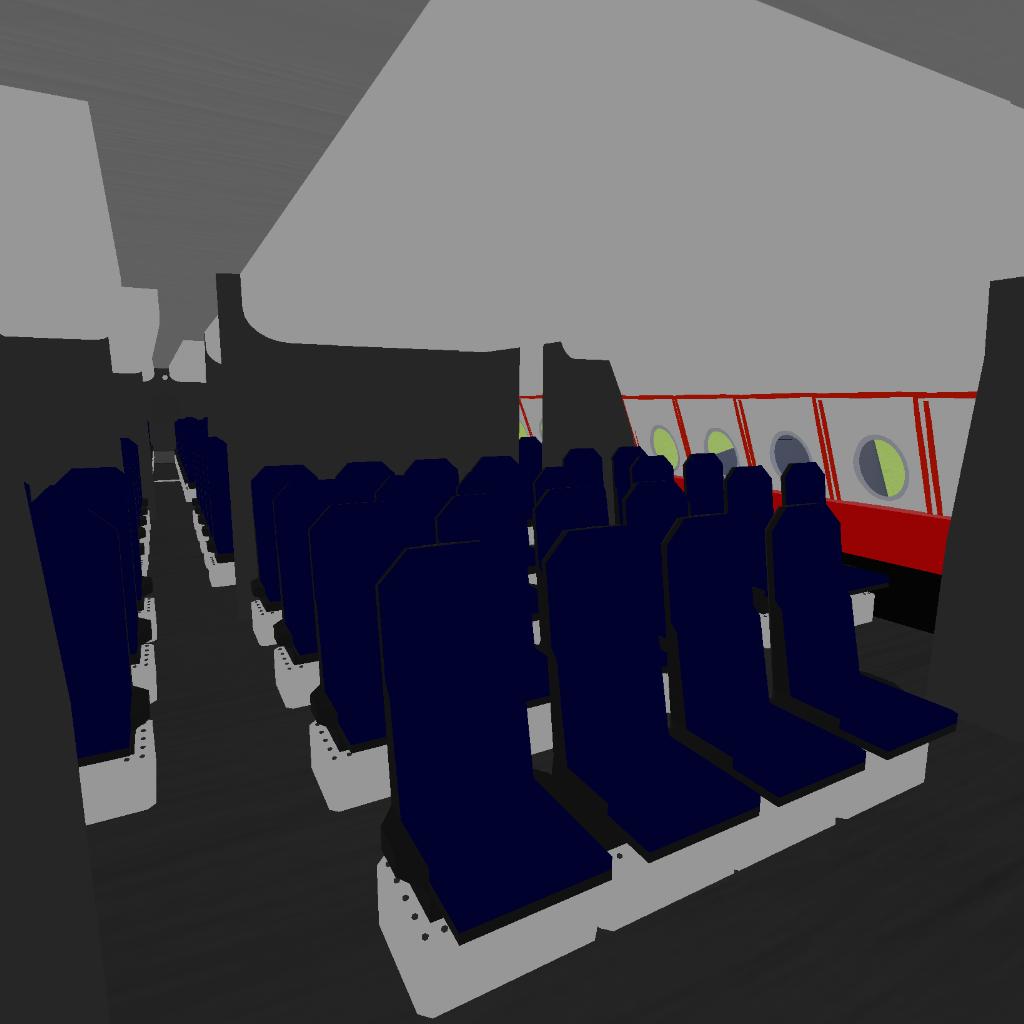
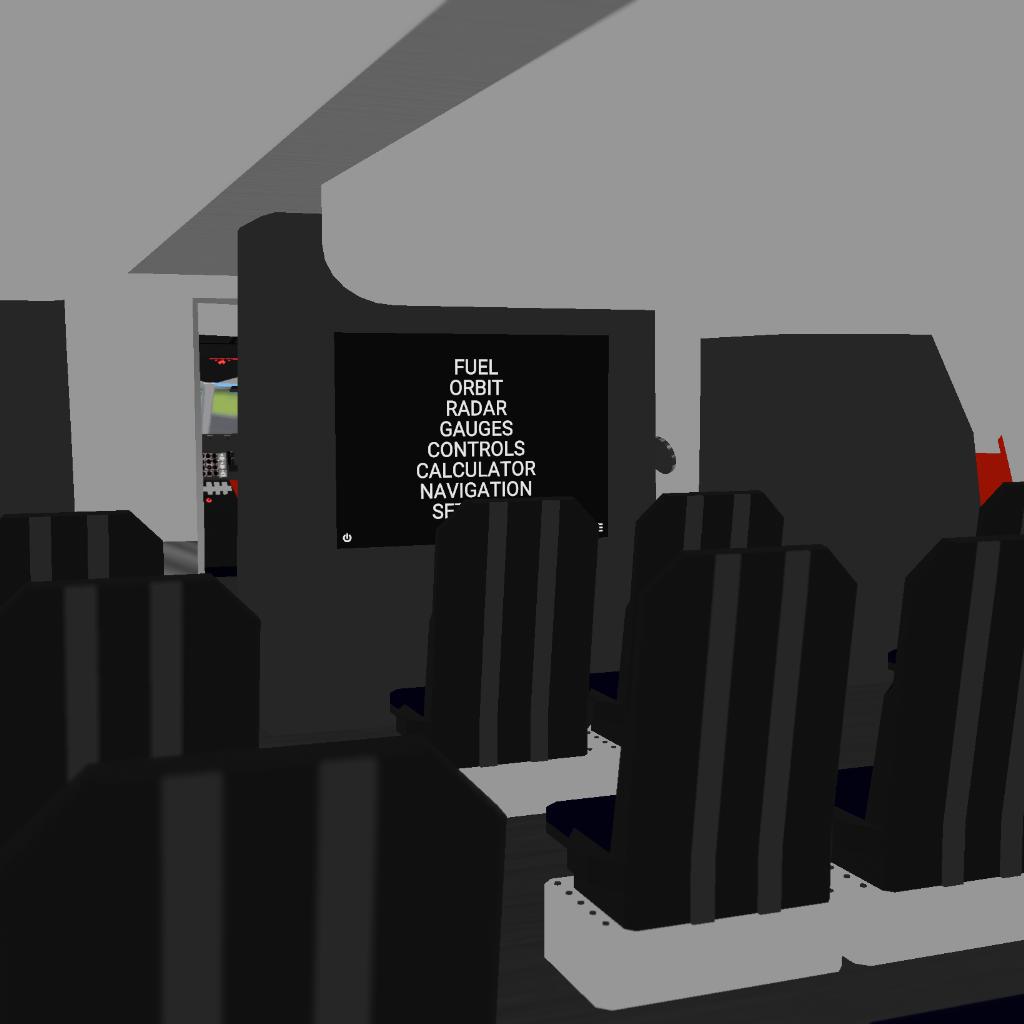
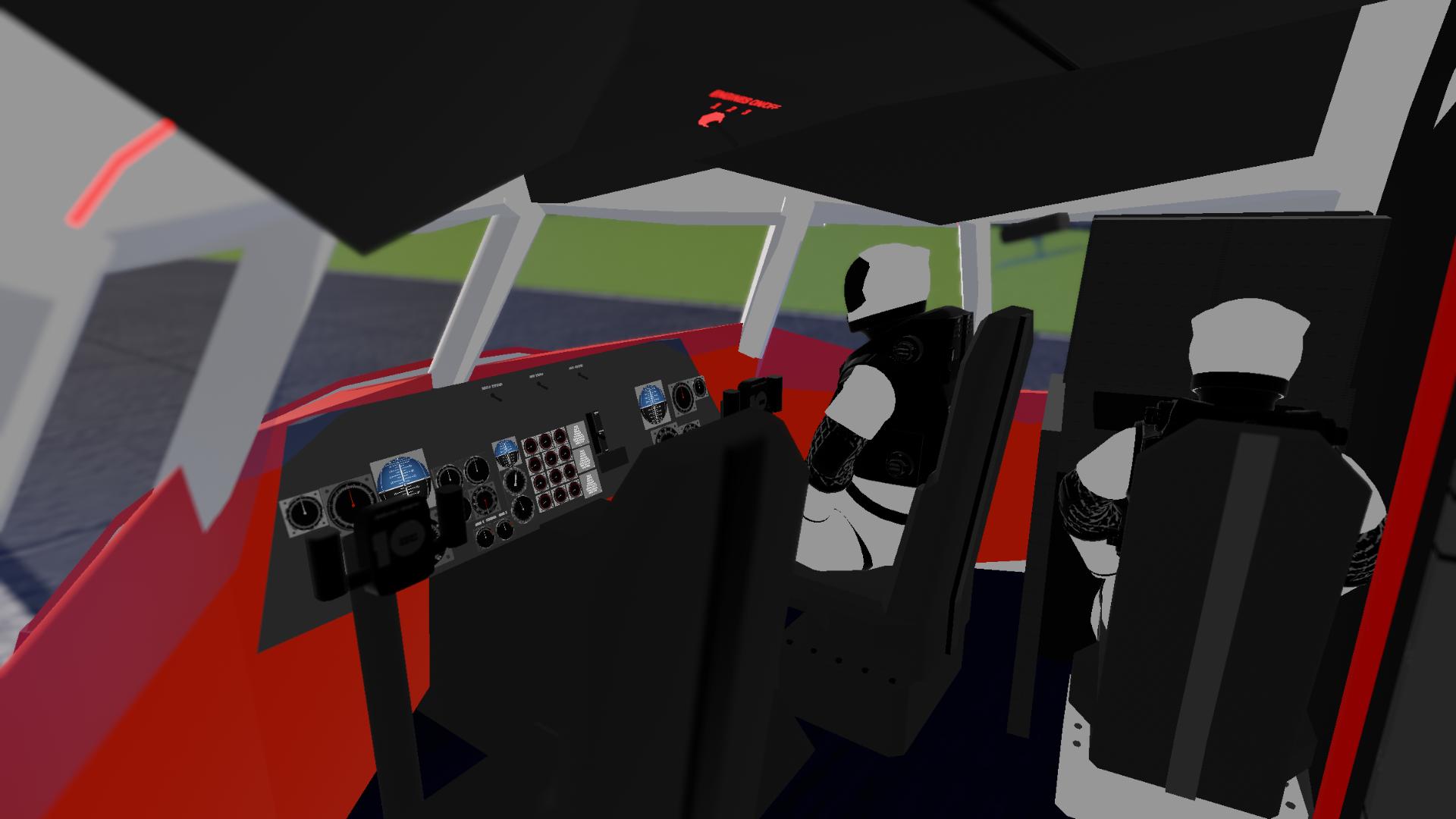
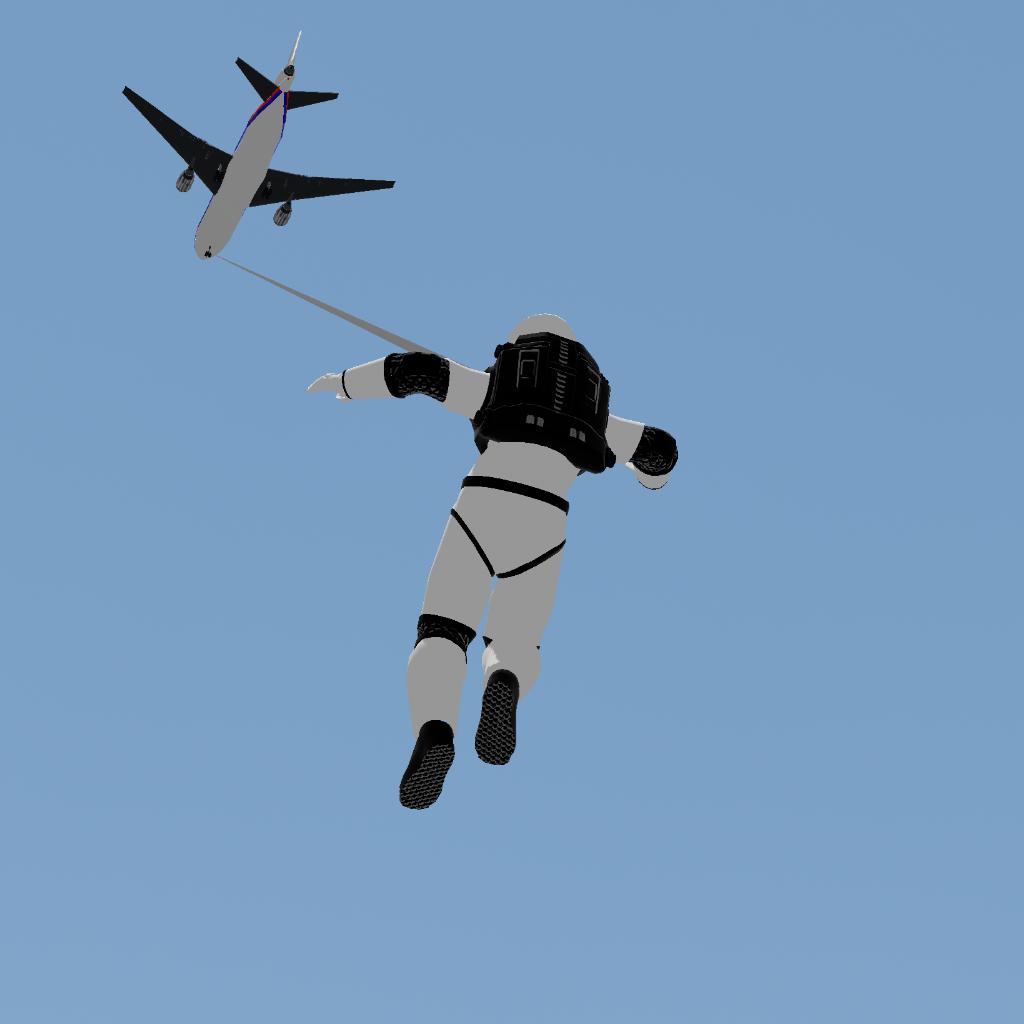

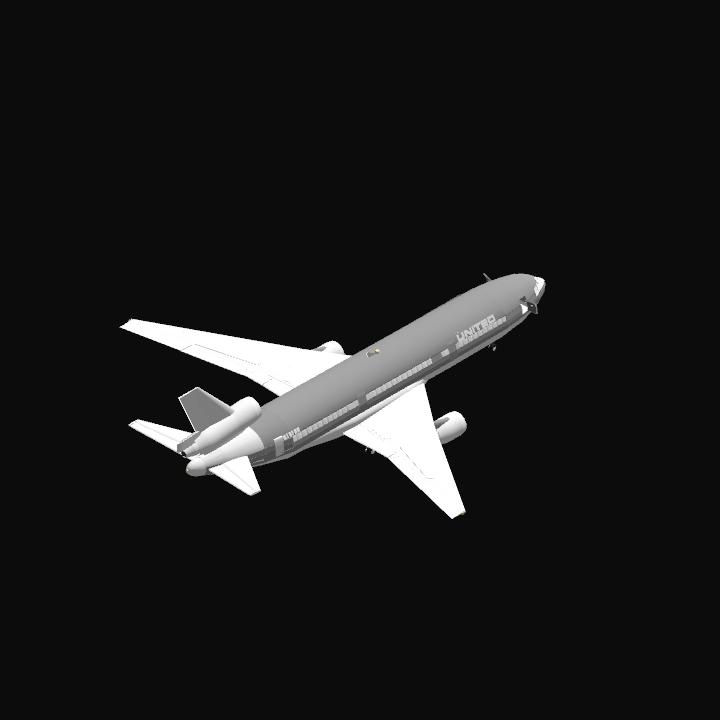
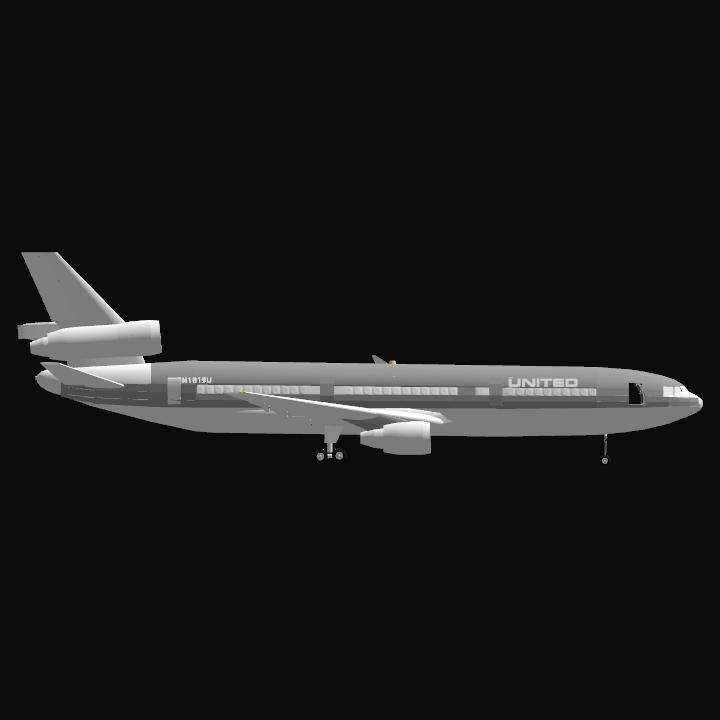
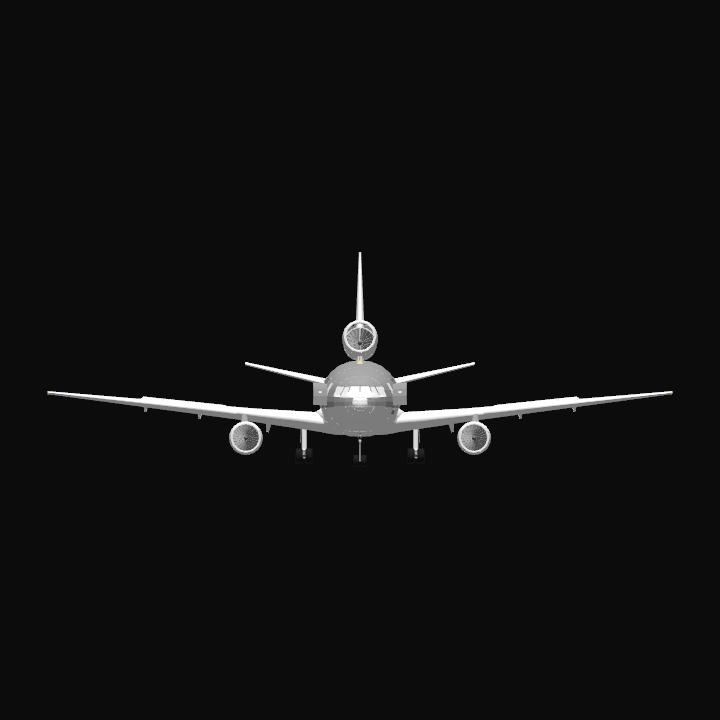
232 downloads